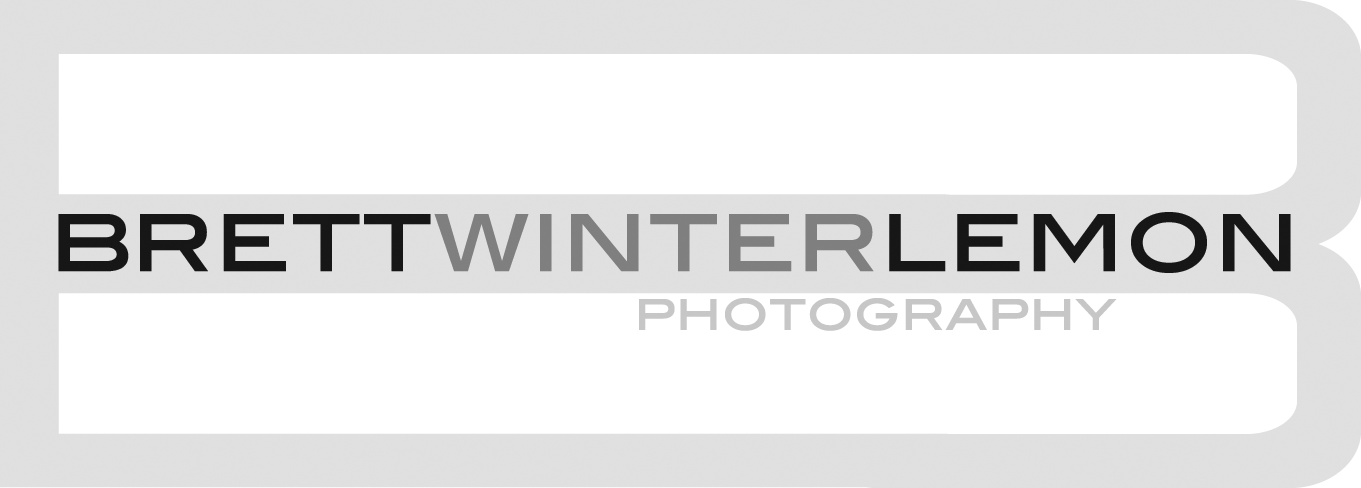Building a Photography Portfolio
Building a portfolio can be daunting especially if you are fairly new to photography. A portfolio is a collection of your work which usually has a unifying theme. This doesn’t necessarily have to be your best work as a photographer, but it should present what you think is the best representation of your work.
What is the purpose of your portfolio?
Before you jump into building a portfolio, it is best to figure out what your portfolio is for. Is it for a job interview? An online gallery on your website? Different purposes will require different approaches. Think about what you want to convey to others and how to best show this through the photos you decide on. Your audience is another crucial factor in deciding how you should assemble your portfolio. Think about what reaction you want to create. If you personally know your audience or they have communicated to you what they want from your portfolio, you will be able to understand better what they are expecting and how to reach those expectations. Try to choose images that stand out from others and distinguish yourself as a photographer.
How should you display your portfolio?
The most obvious decision that you’ll have to make is whether to have your portfolio in paper or digital format. If you have the resources to get a portfolio case or folder, printing out your images can be visually rewarding and will make a great impact on those you are showing your portfolio to. If you get your images printed through a high quality service, the results are beautiful. However, online portfolios are also great. If you present your portfolio as a PDF or other online medium, you will be able to email your portfolio link which is extremely convenient. If your portfolio is on a website, you will also attract potential clients who visit your site wanting to see your work.
What images should I use?
Choosing your images is the hardest part of creating a portfolio, because you need to choose your pictures wisely. In consideration of your purpose and audience, you should think of a theme for your portfolio. In some cases, this is simple. For instance, if you are a portrait photographer, all of your images should be portraits. Don’t add unnecessary images like landscapes or still life pictures. However, make sure you don’t include similar pictures (for instance, all the same angle shots) because you want to show a balance in your work. If you want your portfolio to have a variety of different images, make sure they all speak to your style of photography. All of your pictures should work together to showcase your business. As a photographer, you will be very biased in choosing your images. Find someone whose opinion you trust to help you select your images so you aren’t just selecting your favorites. Also, make sure your images are all exposed well and in focus. Don’t add any images that are only half decent. All your images should be carefully chosen and all work together to display your work to others. How many pictures you include in your portfolio is completely your choose, but remember it is better to have fewer great quality images than lots of poorer quality images.
Conclusion
It can be hard to build your portfolio, but there are so many benefits to having one. Taking the time now to put lots of thought on carefully compiling your images will help you in the long run. I hope this blog post helps you get started on creating a portfolio that promotes your business and effectively showcases who you are as a photographer.


